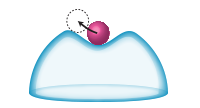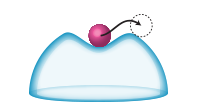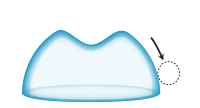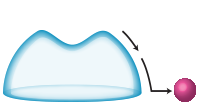The following illustrations should help in understanding parcel stability and instability. The bowl represents the state of the atmosphere. The red ball represents a parcel of air upon which an energy is applied to initiate motion.
Absolute Stability
Apply a force to the ball inside of the bowl, and it will return to its initial position at the bottom. In the atmosphere, if a parcel returns to its initial starting elevation, then the atmosphere is considered to be absolutely stable.

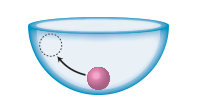
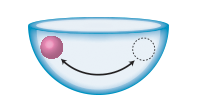
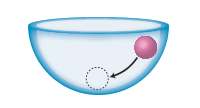
Absolute Instability
With the bowl turn upside down, the ball now rests on the top of the bowl. When a force is applied to the ball, it begins to move on its own without any additional force applied. When this occurs in our atmosphere, it is considered absolutely unstable.


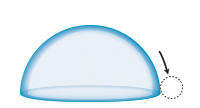
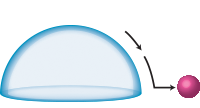
Neutral Stability
On a flat surface, if a force is applied to the ball, it moves. Once the force is removed, the ball stops and remains in its new position. In the atmosphere, this considered neutral stability.

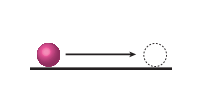


Conditional Instability
The upside down glass bowl has a slight depression wherein the ball rests. If the force is not too great, the ball will return to its initial position, similar to absolute stability. However, if the force is strong enough, the ball will move up and out of the depression and continue to move on its own. This is one of the most common states of the atmosphere, called conditional instability. The atmosphere is unstable if certain conditions are met; otherwise it is stable.

